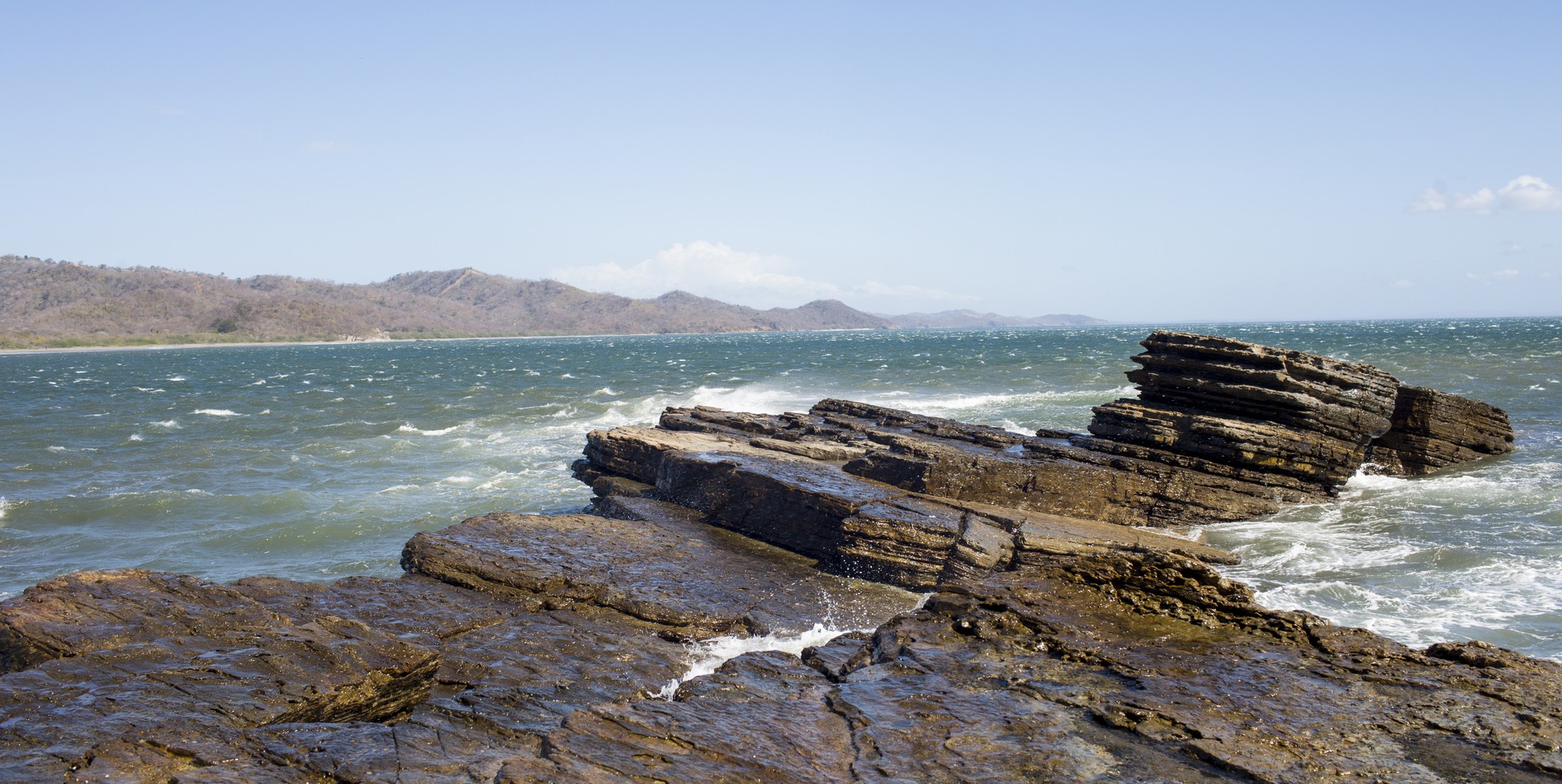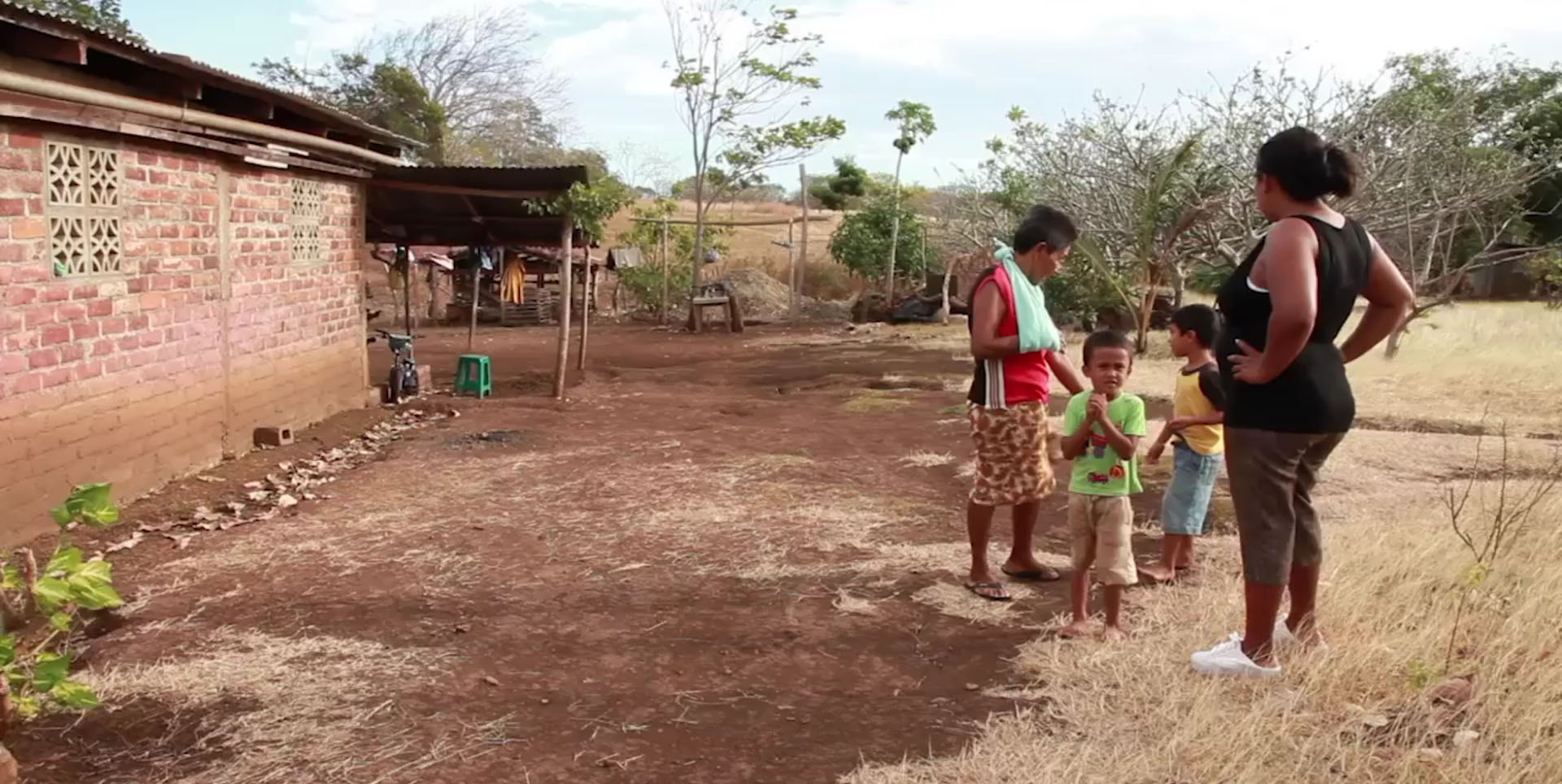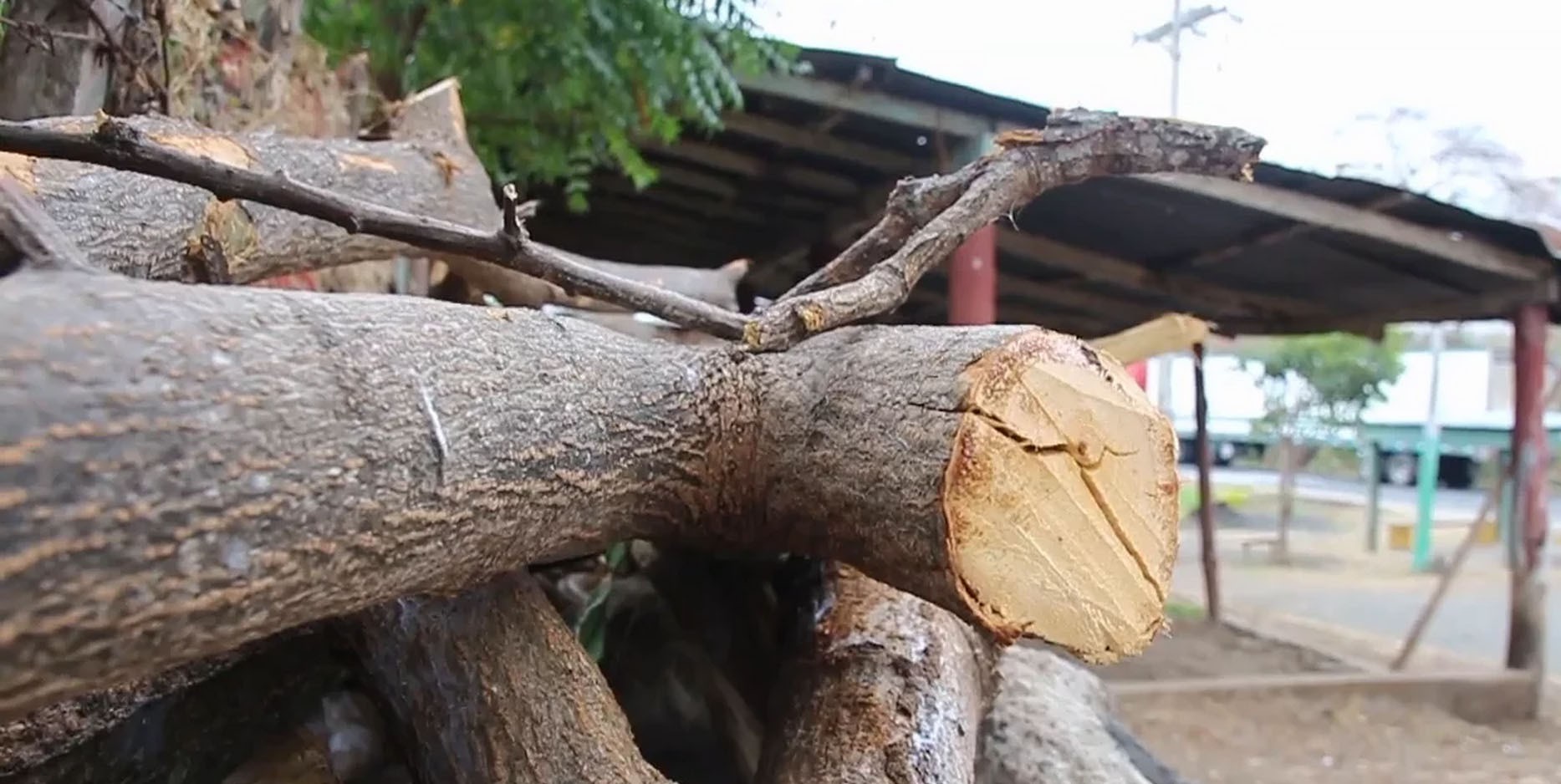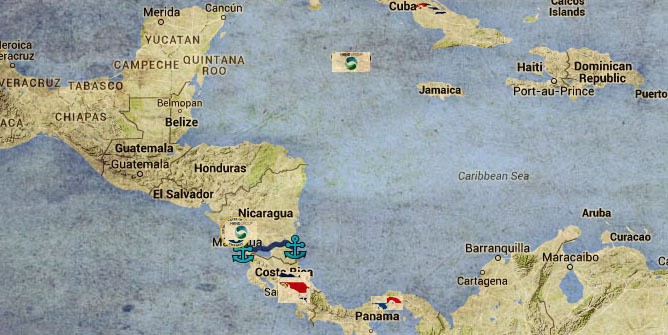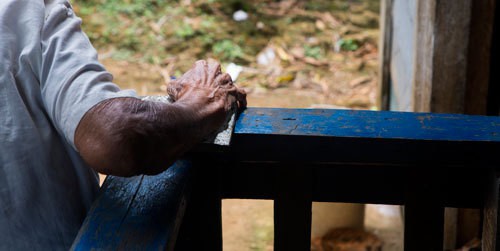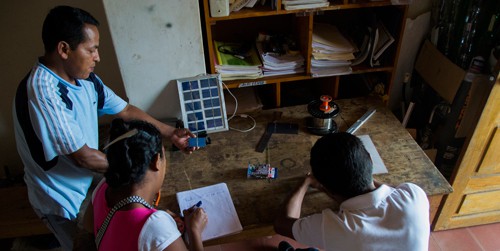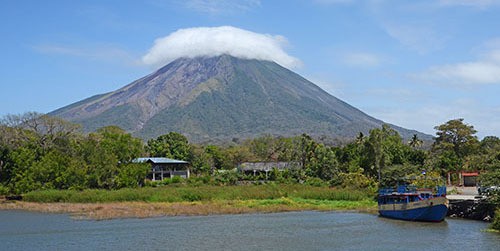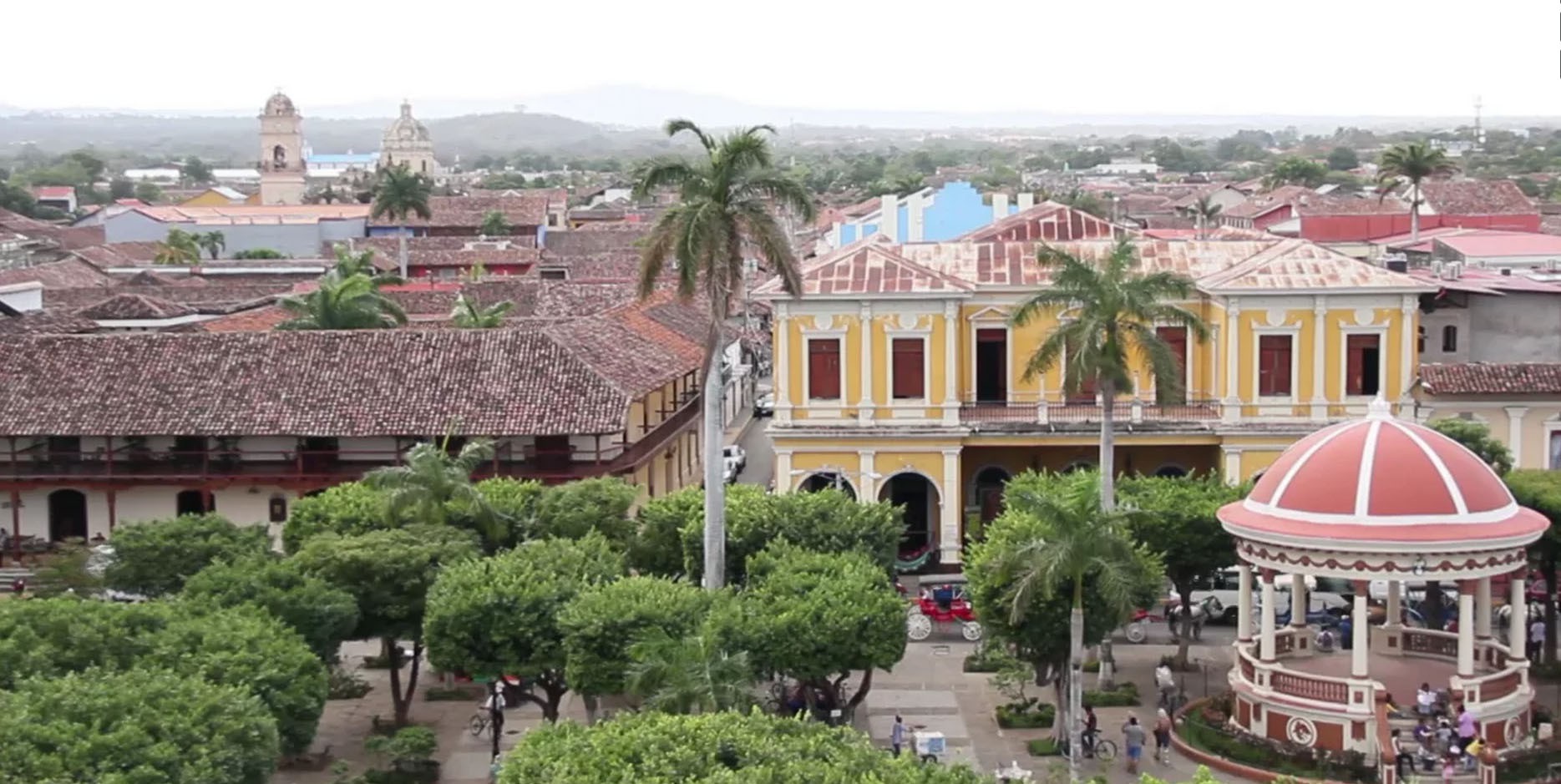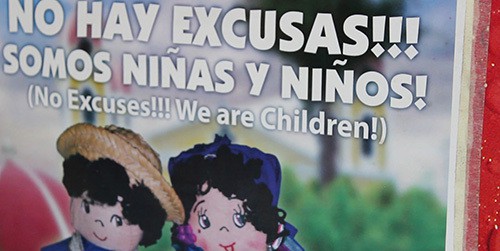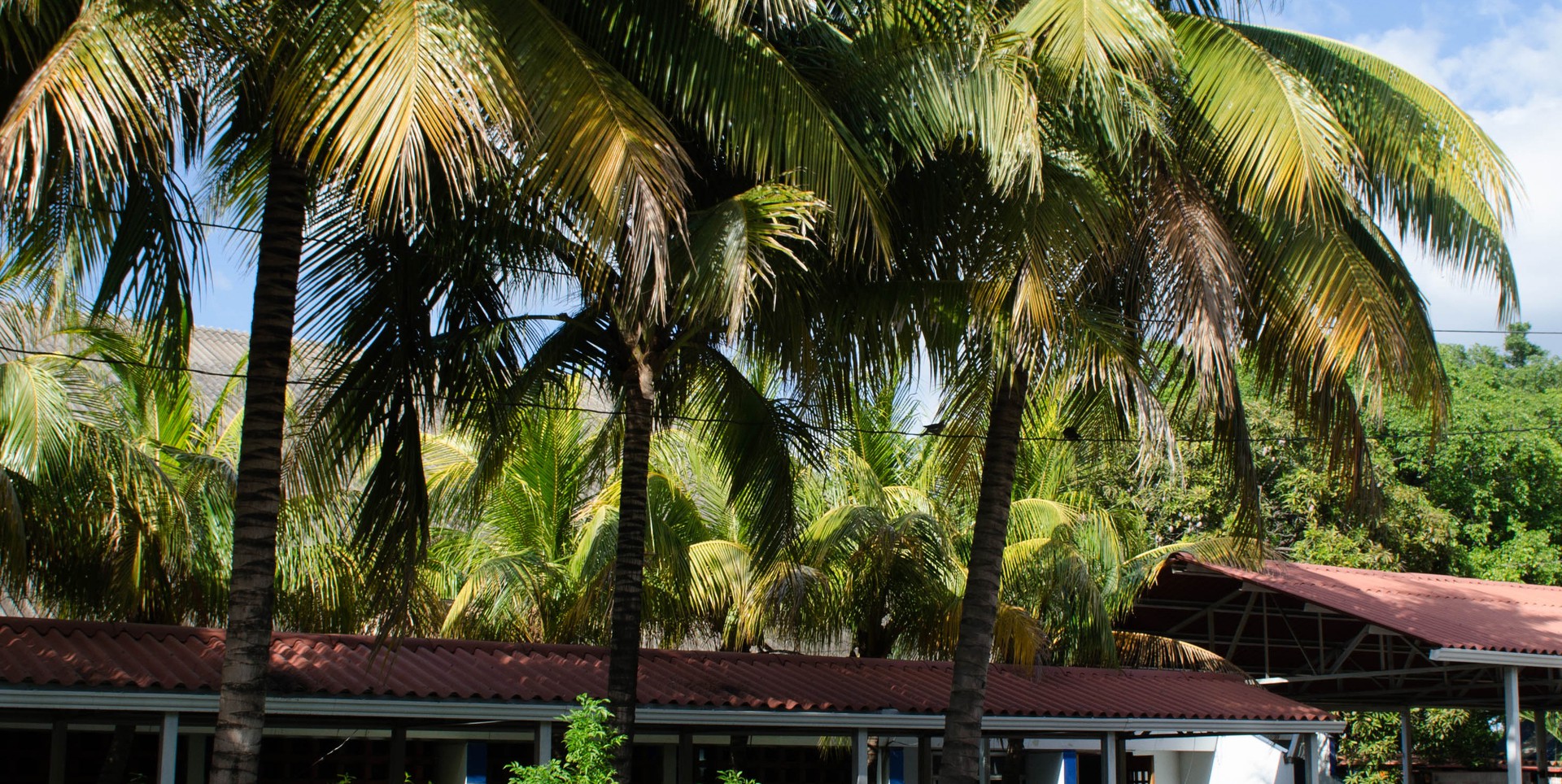
Countries look to capitalize on high-stakes development in Nicaragua
By David Van En / Cronkite Borderlands Project
Published June 17, 2015
China’s powerful economic global growth strategies, Russian President Vladimir Putin’s efforts to re-establish Russia’s global sphere of influence and Nicaragua President Daniel Ortega’s desire to strengthen his country’s economy and international position are part of a geo-political chess game taking place a short two hour flight from Miami.
A Chinese-based company, HKND, is spearheading a proposal to build a massive inter-oceanic canal that would cut across 173 miles in southern Nicaragua connecting the Pacific and Atlantic coasts and would have the capacity to serve the largest container ships made. Ortega made the deal in 2013 with HKND CEO Wang Jing, a billionaire telecommunications magnate, behind closed doors -- leading opponents to question the transparency and motives behind the project.
Many are unsure whether the project’s completion is even possible. They think the cost estimate of $50 billion in U.S. dollars estimated is far too conservative and the projected 2019 completion date is much too optimistic. As of now, little more than ceremonial ground-breaking has taken place. Ortega and his Sandinista party supporters say the project will create 50,000 new jobs in the poverty stricken country and will be a foundation of Nicaragua’s economic future.
The secrecy and uncertainty surrounding the canal has added to the controversy. The independent online Nicaraguan news organization Confidencial broke a story that outlined HKND’s network of financial ties. Through the work of Nicaraguan lawyer Mónica López Baltodano, Confidencial was able to identify a significant number of HKND-connected holding companies located all over the world.
While HKND and the Chinese government claim to not be working in tandem on the project, China would be one of the most significant beneficiaries if the canal is built. China has extensive trade relations in South America, especially with Brazil, which provides China with many raw resources. In turn, China exports many finished or nearly finished high-end commodities like electronics to Brazil. The bigger Nicaraguan canal would mean faster shipping for larger vessels and likely competition with Panama’s canal.
Russia also has significant interests in the region and enjoys a good relationship with Nicaragua. Russia and Nicaragua recently signed an agreement for the Russian military to provide security for the canal project. In turn, Russia will be allowed to rest and refuel its navy at the deep-water ports to be completed on either end of the canal. Russia also will be allowed to refuel its long-range bombers on global patrol missions, according to Russian media outlet Sputnik News.
The role of the White House
To date, the U.S. government has steered clear of any public pronouncements on the canal, save for one statement asking for more transparency. However, HKND and articles in the press have stated that a number of U.S. firms are very interested in getting in on the massive project.
That the U.S. would remain silent is not surprising given its long history of intervention that has left relations with Nicaragua strained. The most recent U.S. interference in Nicaragua was the Reagan administration’s covert funding of the “contras” in the 1980s that was part of an attempt to overthrow the new socialist-leaning government headed by Ortega. The U.S. had backed a 43-year Somoza family dictatorship before it was taken over by the Sandinista National Liberation Front in 1979.
Ortega, 69, has been an enduring figure in Nicaragua politics over the past four decades. He was the head of the revolutionary FSLN junta that governed for five years before he was first elected president in 1984. He led until 1990 when he lost the presidential vote to Violeta Barrios Torres de Chamorro. In 2007, Ortega was re-elected president, a position many believe he will hold for the foreseeable future since the Sandinista-dominated legislature amended the constitution in 2014 to abolish presidential term limits, clearing the way for Ortega to seek a fourth term.
Details of the canal project, Nicaragua relations, locations of notable actors, along with short biographies of people interviewed in Nicaragua and abroad are provided in these interactive maps along with links to relevant stories, videos, published works and business profiles.
